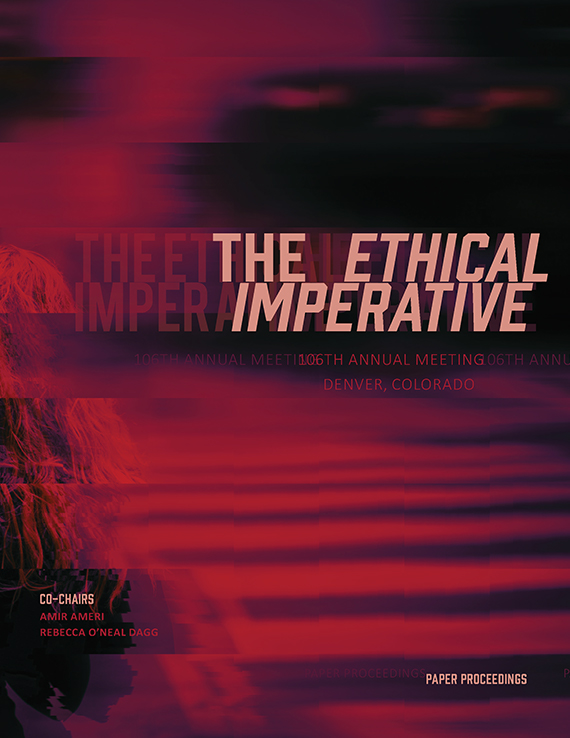Author(s): Meredith Sattler
Twenty years before the ‘Digital Turn,’ the architecture firm of Beverly Willis and Associates innovated the Computerized Approach to Residential Land Analysis (CARLA) workflow. CARLA captured a range of non-human others, within a systems-based environmental design process, developed to optimize the cost and environmental impact of large scale residential development in challenging hillslope sites. Emerging from the confluence of environmental ethics, novel policy, economic depression, and the dawn of Computer Assisted Overlay Mapping, CARLA not only redefined the firm’s scope of services to attract large developer driven projects such as Oahu’s Aliamanu Community for Military Housing project, which produced 2,600 units of housing, safely, within a volcanic caldera, but simultaneously prototyped complex systemic computational design strategies years ahead of their ubiquitous use within design firms. In the 1970’s, CARLA leveraged the use of ‘big data’ and algorithms in the design process thereby rehearsing contemporary ethical debates surrounding agency in systems thinking and inclusion, through the strategic formation of a hybrid digital-analog, and ultimately political, design platform.
https://doi.org/10.35483/ACSA.AM.106.91
Volume Editors
Amir Ameri & Rebecca O'Neal Dagg
ISBN
978-1-944214-15-9

 Study Architecture
Study Architecture  ProPEL
ProPEL 
